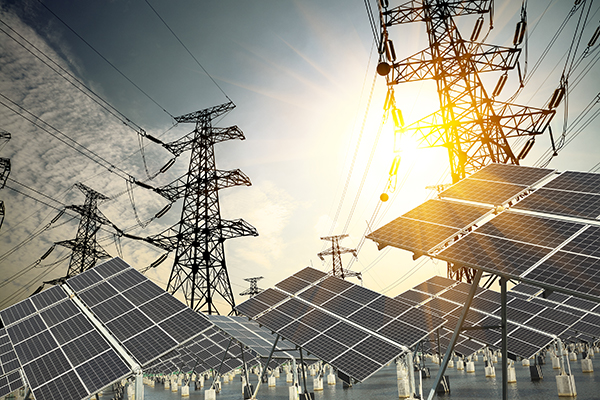Utilities around the globe have reached a critical juncture. New, increasingly accessible technologies have challenged the traditional electricity distribution model. Utilities have two choices now: adapt their business and operating models to stay relevant or risk becoming a supporting player in the electrical distribution market.
But it’s not all doom and gloom for the industry. The challenges may be new but the opportunity to grow is exciting and, ultimately, the end goal remains the same: to deliver safe and reliable power to people when and where they need it.
Over the next few blogs, we’ll examine:
- The impact of distributed energy resources on electricity generators and distributors
- The forces that are driving utilities to re-invent themselves
- How to leverage the vast amounts of data made available by these new technologies
- How regulatory and technology standards will change
Assessing and addressing the impact of distributed energy resources
Distributed energy resources (DERs) have driven more change in the electricity sector than, perhaps, any other innovation in the last half century. Disruptive technologies are emerging and being adopted at a rapid pace and they’re having a dramatic impact on the operations of electricity generators and distributors. The U.S. Energy Information Administration reports that U.S. retail electricity sales dropped by 80 billion kWhs in 2017, the largest decrease since the 2009 recession. While this can’t be attributed entirely to DERs, there’s no question that they were a significant contributor to the reduction in demand across the residential, commercial, and industrial sectors.
Ironically, customers are becoming increasingly dependent on electricity at the same time as they are looking to other options aside from the utilities to deliver it. Not only are alternative generation and storage technologies advancing quickly, but people’s willingness to adopt new technologies is also on the rise. The writing is on the wall: demand for traditionally-delivered electricity is not going to bounce back to pre-decline levels. Utilities need to transform their operations from the centralized generation and distribution model of old to a decentralized grid network that integrates DERs at the grid’s edge – most notably rooftop solar and energy storage technologies. According to a 2017 survey, the majority of North American utility professionals are onboard with a business model that features regulated utility-owned and operated DERs (Utility Dive, 2017 State of the Electric Utility Survey Report, www.utilitydive.com.)
A new era in energy distribution
Already, we’re seeing an evolution as the industry rises to the challenge:
- Labs, non-profit think tanks, and government agencies are researching potential new business models that encourage and incent industry stakeholders to integrate DERs into their distribution networks in a way that maintains or improves operational reliability.
- Utilities are bringing generation, distribution, and customer service-related companies together through mergers and acquisitions to capitalize on efficiencies, synergies, and economies of scale.
- Progressive distribution utilities are evaluating new business operating models, such as the Distribution System Operator (DSO). As a DSO, utilities could transition from a wire to a meter business. They could own and operate DERs to address supply and demand at the grid edge, and to enhance reliability through peak management, voltage regulation, frequency response, spinning reserves, and system optimization. Utilities adopting a DSO model could also partner with alternate power generation and storage vendors to deliver turnkey solutions to end customers, including support and operational services of the DER assets.
This list will no doubt expand as utilities strive to meet new technology and demand patterns. Just as the market and consumer behaviour have evolved so must we, as an industry, adapt our business and operating models.
Young Ngo


